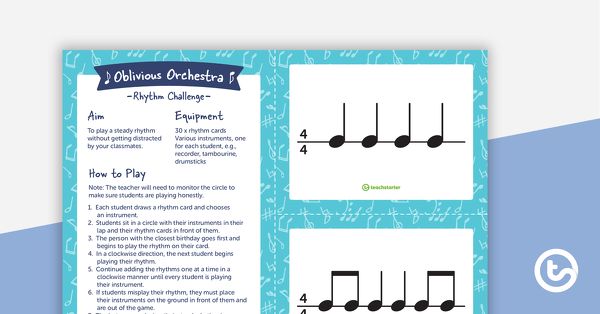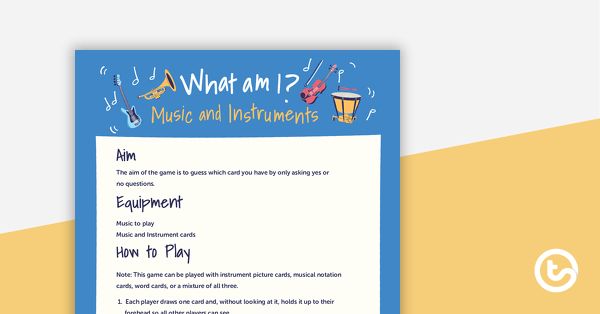Music 6.1
Foundations: music literacy. The student describes and analyzes music and musical sound. The student explores fundamental skills appropriate for a developing young musician. The student is expected to:
(A) experience and explore exemplary musical examples using technology and available live performances;
(B) describe tonal and rhythmic musical elements using standard terminology such as instrumentation, voicing, intervals, solfège, absolute note names, rhythmic values, and counting systems;
(C) describe musical elements of rhythm, including whole notes, half notes, quarter notes, paired and single eighth notes, sixteenth notes, corresponding rests, and meter, including 2/4, 3/4, and 4/4, using standard terminology;
(D) identify musical forms presented aurally and through music notation such as binary, ternary, phrasic, rondo, and theme and variations; and
(E) explore health and wellness concepts related to musical practice such as body mechanics, hearing protection, vocal health, hydration, and appropriate hygienic practice.

